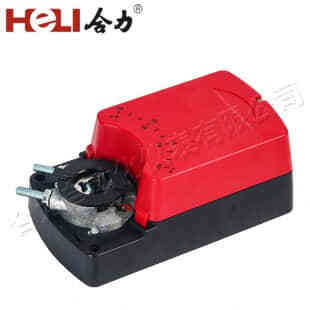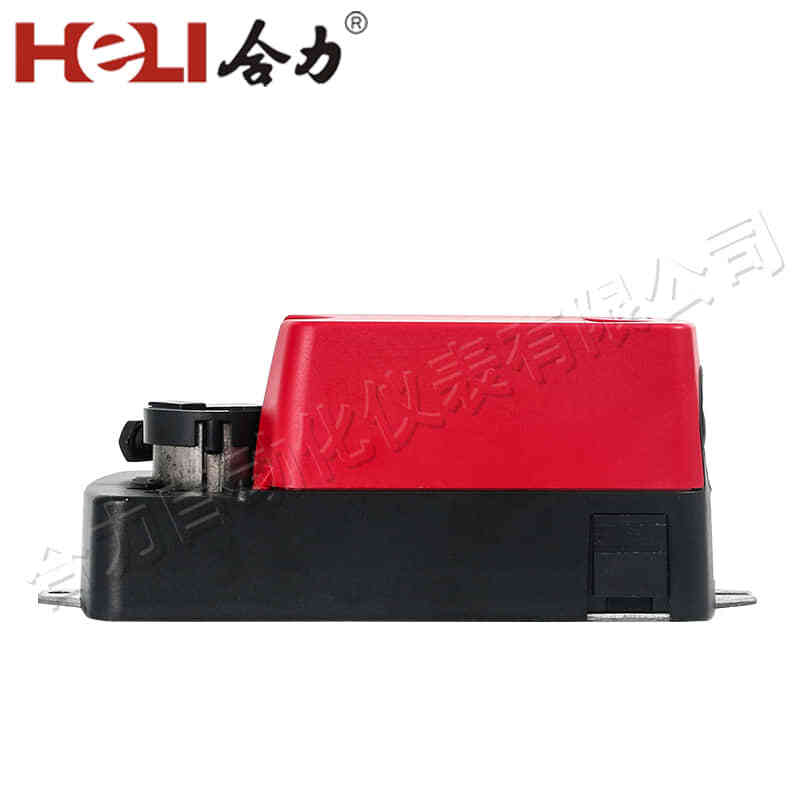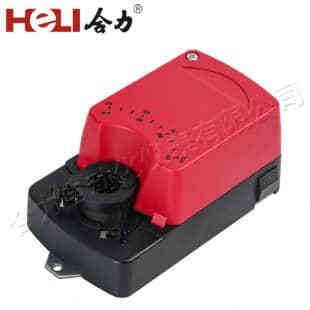
Damper actuators play a crucial role in controlling airflow within heating, ventilation, and air conditioning (HVAC) systems, industrial processes, and even fire safety systems. These devices are responsible for adjusting the position of dampers, which regulate the flow of air or gases through ducts or pipes. By precisely managing the opening and closing of dampers, damper actuators help optimize air distribution, maintain pressure balance, and improve energy efficiency. In this article, we will explore the working principle, types, applications, and advantages of damper actuators, highlighting their significance in modern systems.

What is a Damper Actuator?

